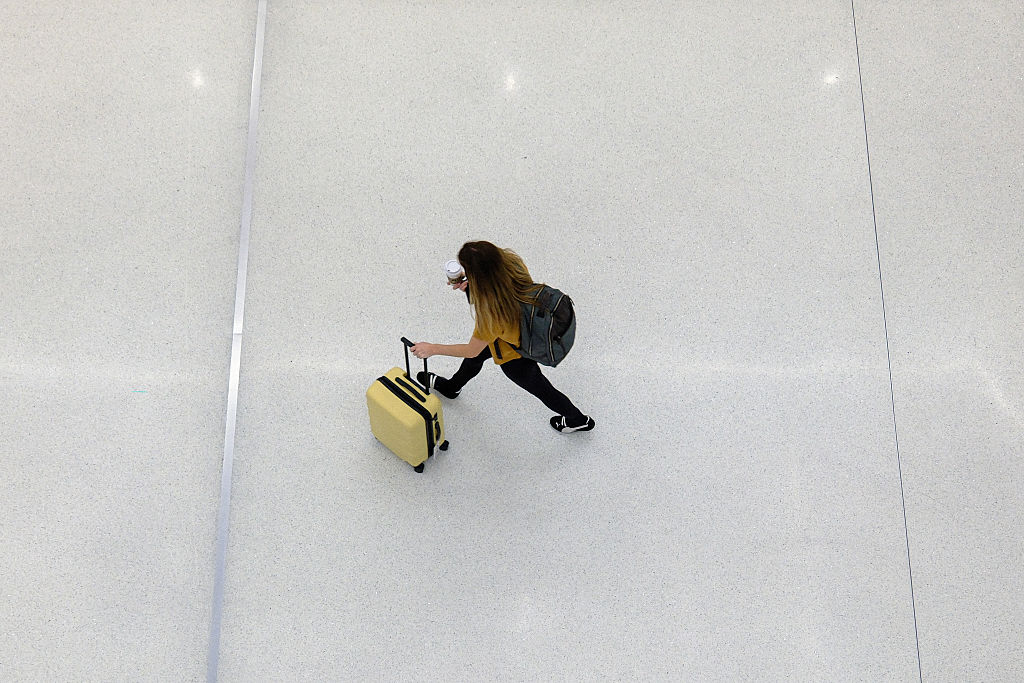Getting an interview with Jinichi Kawakami, the man known in Japan as “the Last Ninja,” was no easy task – but nor should it have been. Ninjas, Japan’s legendary covert operatives and assassins, were renowned for their elusiveness, so it would have been disappointing if tracking one down had proved a cinch. It took a good deal of research and persistence before I was granted an interview by landline telephone – which also seems appropriate since ninjas were reputedly able to make themselves invisible.
Kawakami is head of the Banke Shinobinoden school of ninjutsu (ninja culture), director of the Iga-ryu Ninja Museum and Ninja Council, and a professor of Ninja Studies at Mie University. At 76, he is the last living embodiment of a centuries-old tradition and the master of a very particular set of skills that have been passed down orally. Kawakami has chosen not to take on an apprentice, so when he goes, that will be it: no more ninjas. How does he feel about this?
“Well, I never called myself ‘the Last Ninja,’ but I suppose there is a certain sadness,” he tells me, speaking so quietly that he is almost inaudible (that feels appropriate too: it is easy to imagine him stealing up on you unawares). “But it’s a misconception that ninjas still exist in their traditional form. It’s a pity people still believe that.”
What exactly that traditional form was is a matter of contention. We know ninjas – or, more accurately, shinobi (“those who conceal themselves”) – existed and something of what they did, but details are scant. From surviving documents, most notably the 17th-century ninja manual Bansenshukai, they appear to have been more spies and saboteurs than killers, though they were armed with elaborate weapons and could dispatch an enemy in short order if required.
Ninjas worked on a mission-by-mission basis for samurai overlords, mainly through the Sengoku period: an era of almost continuous civil war from 1467 to 1603. According to Kawakami, their main purpose was to prevent war (“Winning without fighting,” he says), so the idea that they were forever scaling escarpments, flashing swords, hurling ninja stars and doing acrobatic maneuvers while dressed in black pajama-like costumes is a romantic exaggeration. “Ninjas were independent, self-reliant and often operated outside the norms of regular society, with a focus on peace and maintaining balance in their own way,” Kawakami explains.
‘The hardest part was learning how to overcome basic human desires, like going without food’
They were also, I’m tempted to suggest, more likely to be working-class than their noble samurai masters, who maintained a sense of superiority by following the moral code known as Bushido. The ninjas did the dirty work their fancy superiors didn’t want to be associated with, a little like Ricki Tarr in Tinker Tailor Soldier Spy.
Kawakami started learning ninja techniques at the age of six when he was taken under the wing of a traveler whom he later learned was the 20th heir of the Ban Family Koka style of ninjutsu (Kawakami is not sure if the meeting was really “chance” or ‘”inevitable”). The wanderer started teaching Kawakami all manner of techniques, including how to break into houses. “I thought I was being trained to be a burglar,” he says. His physical training alone lasted for more than a decade. “The hardest part was learning how to endure, training to overcome basic human desires, like going without food or holding it in when I needed to go to the bathroom.”
Does he keep up the physical training now that he’s in his mid-seventies? “I don’t do so much now, I keep going as much as I can, while being aware of my age and physical limits – but it’s totally different from when I was younger.”
That is probably wise. There is footage of his younger self with grotesque calluses on his hands from hitting a rock 500 times a day.
Even now, though, Kawakami is ready for action. He maintains a fearsome armory of weapons at his house, including ninja stars, sickles, grappling hooks and swords sharp enough to cut through a metal helmet and decapitate. He shares the grim detail that the swords were purposefully allowed to rust so that wounds would quickly suppurate.
I wonder whether, rather than disappearing, ninja culture has simply transformed and diffused. When Kawakami talks of overcoming basic human desires, maintaining group harmony and not going to the bathroom for lengthy periods of time, it doesn’t seem a million miles away from a typical modern Japanese office.
“What ninjas value, like harmony and patience, is actually something deeply rooted in Japanese culture,” Kawakami says. “So it’s not just about ninjas; it’s more like a reflection of how Japanese people live in general.”
Others would go further and say that rather than becoming obsolete, ninja philosophy has never been more relevant. A 2022 masters dissertation by Miki Hashimoto on the application of ninja intelligence to the contemporary world maintains that ninjutsu aligns perfectly with asymmetrical warfare. Cyberjutsu, a 2021 book by Ben McCarty, argues that updated ninja techniques are perfect for modern security and cyberwarfare.

Kawakami is inclined to agree with this and thinks that “the essence of the ninja will endure, transforming in appearance and form with the times.” But he has some concerns about his country, particularly how it will cope with the widely expected influx of foreigners to compensate for the low birth rate.
“In Japan, especially among young people, there is this idea of multiculturalism – living in a way that respects others. But the reality is that wars still happen because we can’t fully live that out,” he says. “Countries were formed when people who shared similarities came together to build villages and nations. Conflict is inevitable. I am a little worried whether Japan will be able to co-exist with people from different countries as the population decreases and immigration increases. But since young people can easily connect online, they might come up with great solutions. I’m hopeful.”
On a lighter note, what about all the fantastical depictions of ninjas in the entertainment world? From the manga series Naruto to the films Teenage Mutant Ninja Turtles, Kill Bill and the rest – are these good for the image of Japan or offensive?
Kawakami is remarkably tolerant. “There is a lot of exaggeration, but I think it’s fun. I just hope people don’t take it too seriously and get the wrong idea. It’s interesting to see how people overseas view Japan. It is sad that ninjas are sometimes seen as just killers, though. That’s a misunderstanding. And, of course, samurai don’t exist anymore but the samurai spirit, being noble and strong, helps create a positive image of Japanese people. Manga and movies are works of imagination, so it’s natural they’re dramatized. I think it’s great when that sense of adventure sparks people’s interest in Japan.” There is a YouTube video of Kawakami cheerfully reviewing eight ninja movies and ranking them from best to worst (Batman Begins does OK, Teenage Mutant Ninja Turtles, not so well). He takes no offense whatsoever and seems to enjoy them all. The concept of cultural appropriation has yet to catch on in Japan.
But there is an alternative future for ninjutsu and perhaps a better one than as fodder for Hollywood schlock. Kawakami has spent as much of his life pursuing the lifestyle and health techniques of the ninja as the combat skills. These include a special breathing and concentration technique called okinaga which supposedly puts the body and spirit in harmony to reduce stress and allow for perfect control of emotions. There’s also a diet regimen and a range of exercise techniques.
Given that the western world has a seemingly insatiable appetite for Japanese wellness trends – Marie Kondo’s tidy room philosophy, Zen, bonsai, minimalism and matcha tea – it would surprise no one if the way of the ninja could find a place in this realm too.
Kawakami seems pleased when I suggest it. He describes ninjutsu as a “comprehensive survival art” and perhaps it still can be – though with more relevance for worriers than warriors.

























Leave a Reply